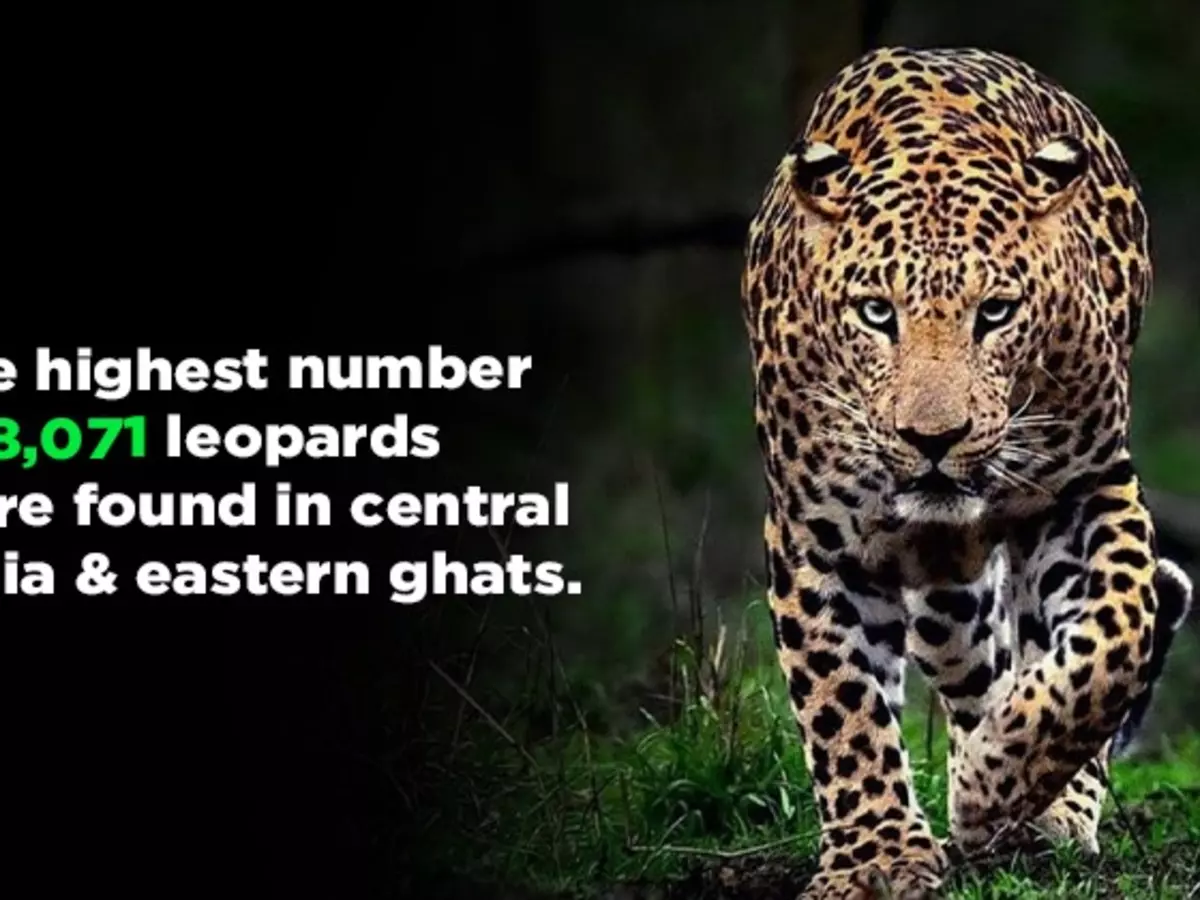India's Leopard Population Grows From 8,000 In 2014 To 12,000 In 2018
India's leopard population increased to over 12,000 in 2018 from around 8,000 in 2014, Environment Minister Prakash Javadekar said, asserting the rise in their numbers coming on the heels of similar reports on tigers, lions, shows the country is protecting its ecology and biodiversity well.

Despite a rise in leopard deaths across the country, India has witnessed an impressive growth in the leopard population in the last few years.
India's leopard population increased to over 12,000 in 2018 from around 8,000 in 2014, Environment Minister Prakash Javadekar said, asserting the rise in their numbers coming on the heels of similar reports on tigers, lions, shows the country is protecting its ecology and biodiversity well.
¡®Status of Leopards in India 2018¡¯
Releasing the ¡®Status of Leopards in India 2018¡¯ report, the minister said, the leopard population has been estimated using camera trapping method.
 Twitter (Representational Image)
Twitter (Representational Image)
"There were 8,000 leopards in 2014. Increase in the population of tigers, Asiatic lions and now leopards, shows how India is protecting its environment, ecology and biodiversity," he said.
According to the report, India's leopard population in 2018 was estimated at 12,852, with maximum big cats being found in Madhya Pradesh at 3,421, followed by Karnataka at 1,783 and Maharashtra 1,690.
The highest number of 8,071 leopards were found in central India and eastern ghats, which include the states of Madhya Pradesh, Maharashtra, Rajasthan, Odisha, Chhattisgarh, Jharkhand, Telangana and Andhra Pradesh.
 afp
afp
In the western ghat region, which comprises Karnataka, Tamil Nadi, Goa and Kerala, there are 3,387 leopards while there are 1,253 leopards in Shivalik and Gangetic Plains which includes Uttar Pradesh, Uttarakhand and Bihar.
The northeast hills have the lowest number of leopards at 141.
According to a compilation by a non-government organisation Wildlife Protection Society of India (WPSI), India lost 110 tigers and 491 leopards in 2019.
